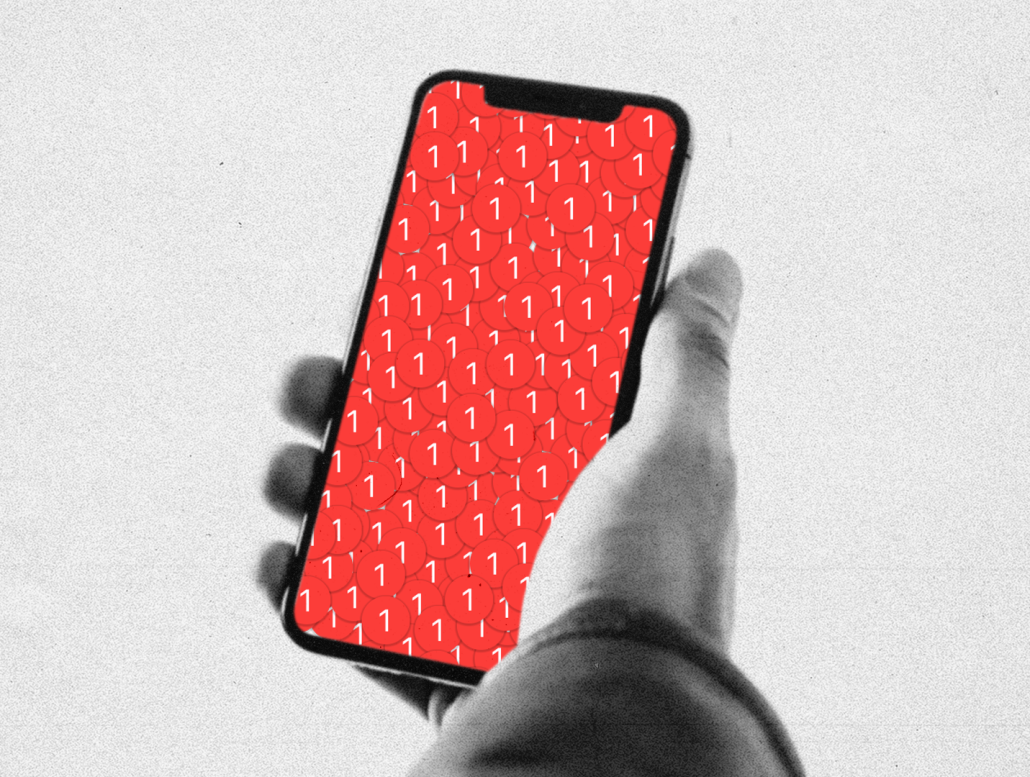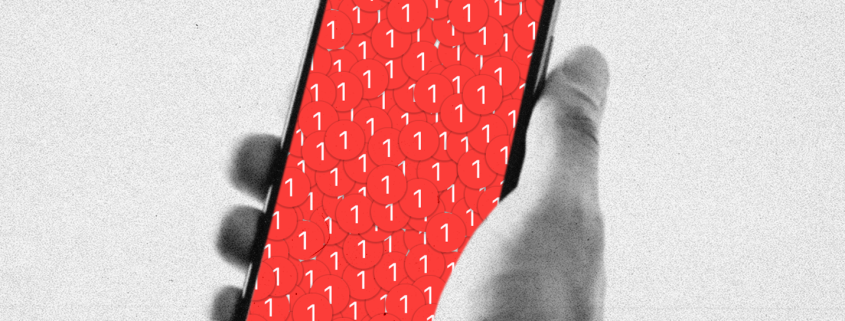Stress from technology extends beyond social media use

I can’t help but anticipate inevitable comments from older family members about cellphones every time I visit home for the holidays. It seems like everybody’s grandparents have something negative to say about Instagram, Snapchat or phones in general, and though I do agree that excessive social media use has contributed a large amount to the stress that young people experience, I believe that academic and work-related apps play an often unrecognized role in complicating our lives.
I never used to check the weekly phone reports that my settings app generated. I always expected to see poor results indicating my extensive time on Instagram and TikTok, and I knew that reading these reports would only lead to disappointment. So, with the mindset that ignorance is bliss, I never opened them — until recently.
To my surprise, I spent less time using social media than some of the other apps on my phone, such as Google, Mail and Slack. This prompted me to reflect on the stressors in my life, and although I knew that social media played a role, I realized that the constant presence of school and work outside of normal operating hours was the true culprit behind my additional digital stress. I was responding to emails late into the night, obsessively checking my Blackboard app and reading Slack messages long after meetings had ended. Rather than driving a wedge between my personal and professional time, my phone caused the two to become integrated.
The growing abundance of productivity-centric apps is problematic because it breaks down the wall that is supposed to separate our school and work lives from our personal time. By breaking down this wall, we are becoming more and more interconnected, which is not always a bad thing. However, in this case, it leads to more consistently present stress and less opportunities for breaks.
According to Business News Daily, “research has shown that expecting employees to answer emails after hours can be detrimental. Instead of improving efficiency, after-hours emails hurt job performance.” As the article continues to detail, after-hours communication is infringing on work-life balance in the digital age.
Professors and employers may not require people to engage in after-hours communication, but I have still found myself doing it without realizing the damage it does to my mental health. Constantly revisiting my work has left me on edge and caused burnout, which has hurt my focus in the classroom setting. Additionally, researchers Janna Andersonn and Lee Rainie from the Pew Research Center note the fact that merging work and personal life onto one device never gives us the chance to fully disengage from our work. They mention that this causes heightened feelings of stress in students and employees while increasing the risk of burnout.
In order to avoid these feelings and ensure that we are taking steps to prevent burnout, students must remain conscious about how and where they are spending their time online. Setting boundaries for ourselves can help ease this phenomenon; for example, students should try dedicating a certain amount of time to homework and professional communication before proceeding to disengage at a set time.
Disengagement from work and school will hopefully allow students to achieve healthier relationships with their devices and allow them to find better balance between school and life. Balance is key, and in order to break the cycle of hyperactivity on our devices, we must realize our technological concerns and learn from them.
Acknowledging this cycle is important, and as students, it’s essential that we take steps to rebuild the wall between our personal and school lives. By separating the two, we can not only make our time in the classroom more productive, but we can also increase the quality of our lives outside of school.

